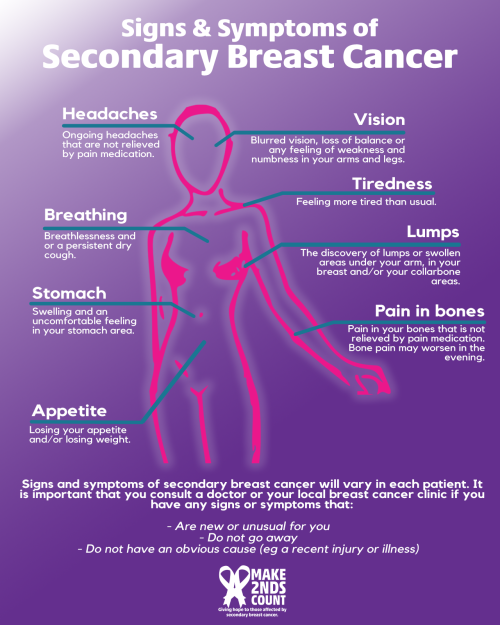30th September 2021 by Jack Allan Education

When there is talk about breast cancer, often sadly when someone well known passes away, it’s about primary breast cancer. The media focuses on stories of survival, remission and the well known signs and symptoms such as a lump.
This is not secondary breast cancer. For most, they have never even heard of secondary breast cancer.
On average 1,000 die from secondary breast cancer, every month, not primary. There is no cure. Secondary breast cancer is often misdiagnosed due to a lack of education and awareness around the signs and symptoms of this breast cancer..
Here are some of the simple facts and misconceptions we read and hear about secondary breast cancer everyday. This is why it’s so important to increase awareness, fund more research and provide vital support to those affected by the disease.
Secondary breast cancer, also known as metastatic, advanced or stage IV breast cancer,
is breast cancer that has spread to another part of the body, most commonly the liver, brain, bones, lungs or the skin.
It happens when the initial breast cancer cells (primary breast cancer) spread through the bloodstream or lymphatic system. It is not, as an example, lung cancer or cancer in the bones.
Primary breast cancer is when the cancer is the breast or the lymph nodes
under the arm and hasn’t spread to anywhere else in the body.

Common signs and symptoms of secondary breast cancer:
Signs and symptoms of primary breast cancer can include:
Primary breast cancer can be cured. This means it can be treated, there can be no traces of cancer and it shouldn’t come back.
Secondary breast can be treated but is incurable.
This means that someone can undergo many different treatments - surgery, radiotherapy, chemotherapy, hormone therapy, targeted biological therapies and clinical trials - and will be on some form of treatment for life. .
The aim of treatment is to relieve symptoms and crucially, control and slow down the spread of the cancer, giving the best quality of life for as long as possible. But there is no cure.
Around 35,000 people in the UK have secondary breast cancer. About 1,000 people lose their lives to SBC every month and about 31 every day.
We don’t know exactly how many people have secondary breast cancer as there is currently no audit of patients.
Research from Breast Cancer Now says that of women who had previously been treated for primary breast cancer, nearly one in four (24%) had visited their GP three or more times with symptoms before being diagnosed with the return and spread of the disease.
The same research also says that 20% of women previously diagnosed with primary breast cancer are initially treated for another condition, before receiving a secondary breast cancer diagnosis.
We also don’t know how many people had a primary diagnosis first - research from the US suggests 30%, so nearly one third.